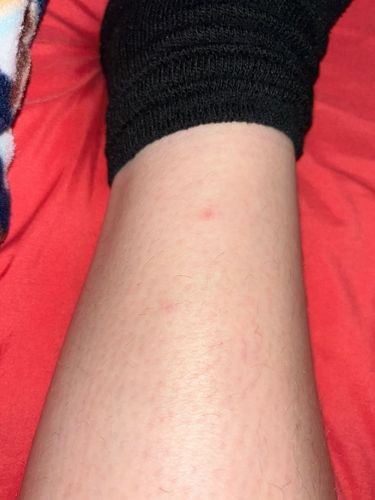Bird Mite
Scientific Name: Ornithonyssus spp. or Dermanyssus gallinae (specific identification from image is not possible without a clearer view of the mite itself)
Order & Family: Order: Mesostigmata, Family: Macronyssidae (e.g., Ornithonyssus) or Dermanyssidae (e.g., Dermanyssus)
Size: Typically 0.5 to 1 mm (unfed). They appear as tiny, moving specks, difficult to see with the naked eye until engorged with blood, when they become slightly larger and reddish.

Natural Habitat
Bird nests, poultry houses, and structures where birds roost. They can invade homes, particularly if old nests are nearby or birds are nesting directly on the building.
Diet & Feeding
Bird mites, especially species like Ornithonyssus sylviarum and Dermanyssus gallinae, primarily feed on the blood of birds. When their bird hosts are unavailable (e.g., nesting birds leave the nest), they may infest homes and bite humans or other mammals.
Behavior Patterns
Symptoms of bites include itching and redness for several days. These mites can cause papular dermatitis in humans. The bite often results in a characteristic red welt with a central blister or hive-like appearance. Usually encountered while mites are feeding.
Risks & Benefits
Potential risks include itchy bites, dermatitis, and potential allergic reactions. While generally not disease vectors to humans, their bites are annoying and can cause significant discomfort. They are pests and provide no known benefits to humans or the ecosystem in this context.
Identified on: 9/4/2025